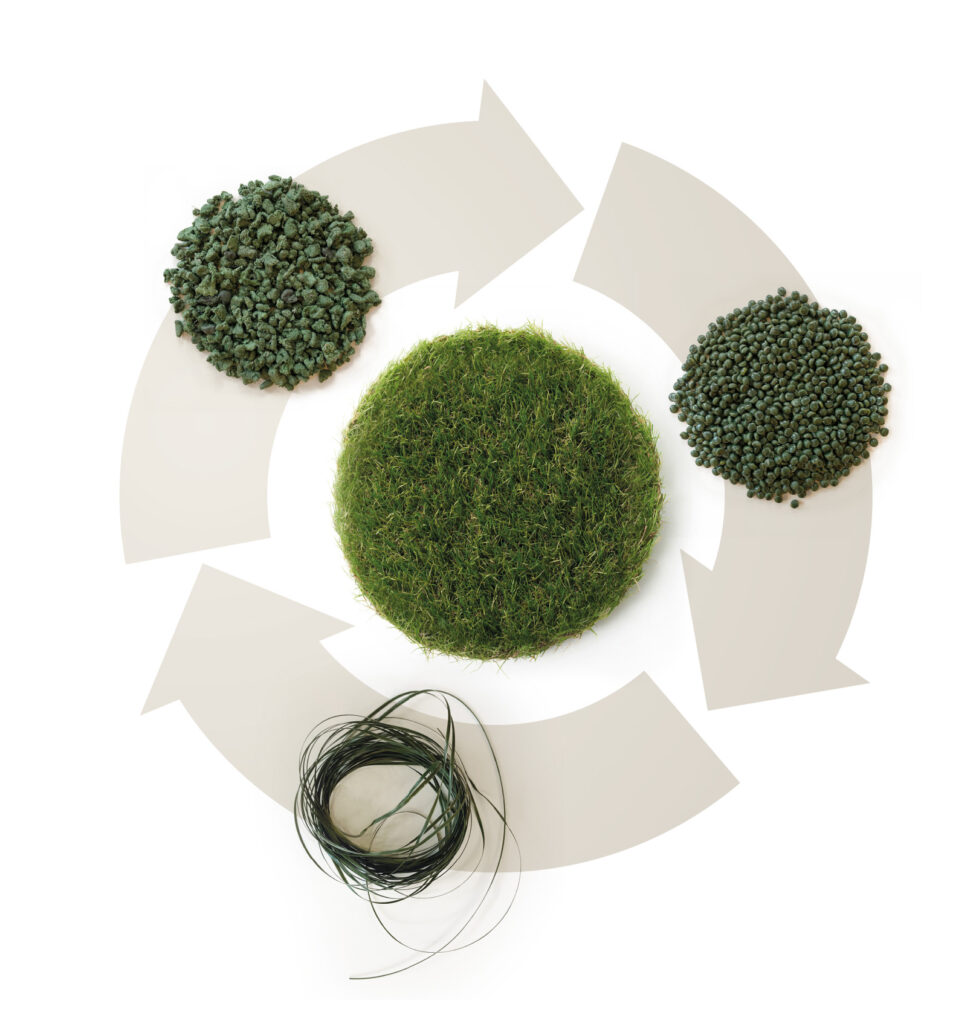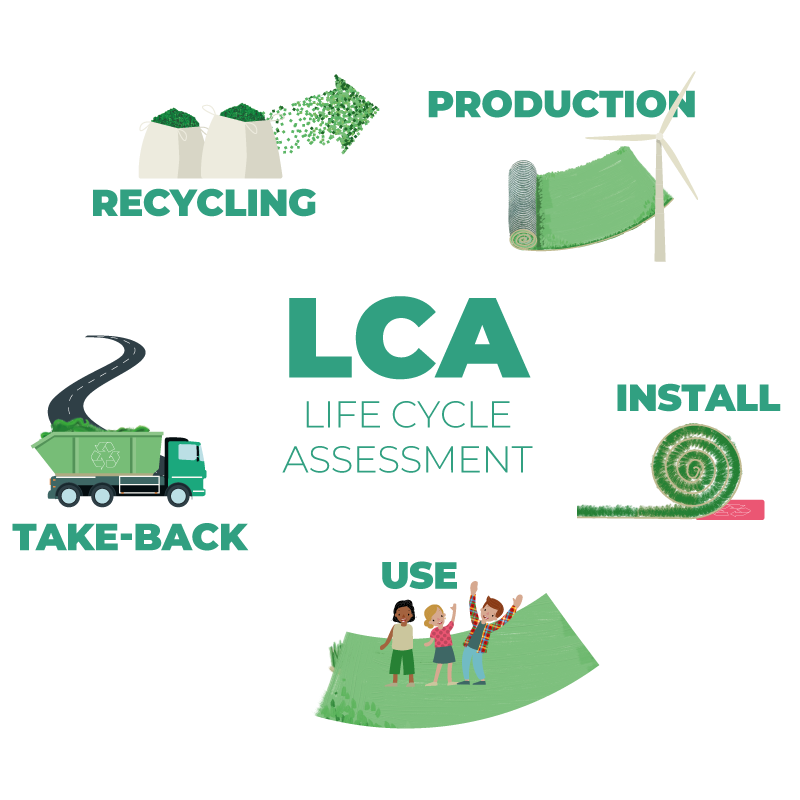EPD for artificial grass
The introduction of Environmental Product Declarations (EPD) for artificial turf promises a new phase of transparency and environmental responsibility. This article dives into the world of EPD for artificial grass, its importance to the sustainability movement, and points the way to further depth.
EPD stands for Environmental Product Declaration, a document that provides environmental information on products in a standardised way, based on life-cycle analyses. For artificial grass, this includes a thorough assessment of the environmental impact from production to waste disposal.


Importance of an EPD
An Environmental Product Declaration (EPD) is a standardised document that provides detailed information on the environmental impact of a product throughout its life cycle. An EPD for synthetic turf provides essential transparency about a product’s environmental impact. This is crucial for consumers, businesses and governments that prioritise sustainability, and enables informed decisions based on reliable data.

Advantages EPD for artificial grass
Through an EPD, artificial turf stands at a turning point by openly sharing its environmental impact and striving for sustainable improvements. An EPD therefore plays a crucial role in promoting transparency and environmental awareness, allowing consumers, companies and policymakers to make informed choices based on the environmental impact of products.











